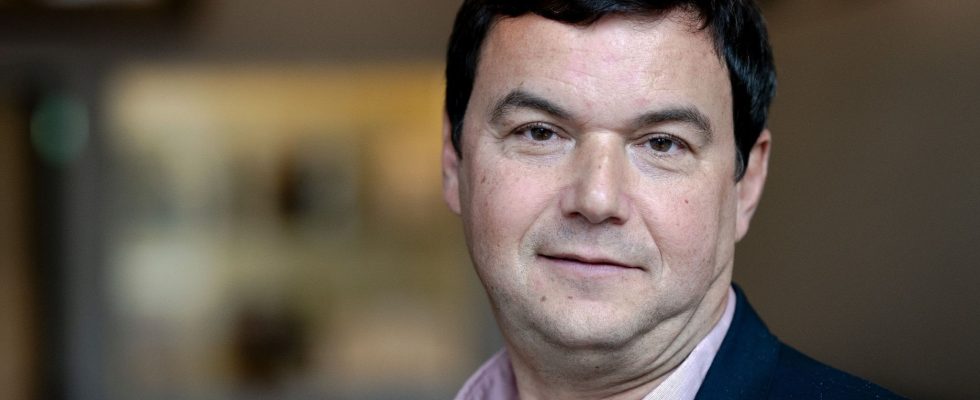In a long interview with The Obs accompanying the release of his latest opus, A history of political conflict (Threshold) co-written with his colleague Julia Cagé, the economist Thomas Piketty recently made this peremptory observation: “France is not right-wing, it is rather in search of economic and social justice […] In France there is a demand for social, for redistribution. For us, this issue must therefore become divisive again.” And Julia Cagé drives the point home: “We must build a much more ambitious reinvestment program in public services than what has been proposed until now. here, in particular towards disadvantaged areas, whether urban or rural: maternity wards, doctors, places in IUT and BTS, etc. This new ambition would be based on contributions from the most fortunate.”
The austere and technical analysis published on September 19 by INSEE will undoubtedly have less resonance than this “book which relaunches the left”, as the weekly headlined it with passion. It nonetheless constitutes a valuable counterpoint.
At the heart of this note, Mathias André, Jean-Marc Germain and Michaël Sicsic are interested in the notion of “expanded redistribution”, in line with the work, in 2018, of a certain… Thomas Piketty cited in the introductory remarks . What is it about ? As INSEE experts explain, “taxes and social contributions finance pensions, social benefits and public services, individualizable – such as education and health – or collective, such as defense or security. research. All of these public transfers, taken from or received by households, organize a so-called expanded redistribution.” In short, the right approach to assess the effectiveness of the French redistributive system involves the monetary valuation of public services from which all households, regardless of their income level, benefit.
INSEE’s conclusions, far from Piketty’s unequal hell
The conclusions reached by INSEE in its examination of the national accounts in 2019 are clear, and very different from the inequality hell pointed out for years by Thomas Piketty. Before transfers, wealthy households, which represent 10% of the population, have on average an income 18 times higher than the poorest 13% of households. Except that after transfers – or “extended redistribution” – this ratio is only 1 to 3. In this zero-sum game – 500 billion euros pass between one and the other – certain households are contributors net: they put more into the common pot than they receive. Others, logically, are net beneficiaries. In 2019, overall, 57% of people received more than they paid in. This rate of net beneficiaries rises to more than 95% among the poorest 15%, compared to only 13% among the wealthiest 5%.
In detail, the map drawn up by INSEE of winners and losers is just as instructive. Those over 65 are more than 90% net beneficiaries, thanks to the pay-as-you-go pension plan. The income before transfers of the most qualified (Bac + 3 and above) is 3.2 times higher than that of non-graduates in the 30-39 age group. It reaches 3.5 times among 50-64 year olds. But after transfers, this ratio drops to 1.4 times and 1.9 times respectively. Women living alone without children (9% of the population) are net beneficiaries of 47 billion euros per year. Those who live alone with children (also 9% of the population) are also, for 37 billion euros. As for the income of executives, self-employed people or business leaders, it is, on average, 2.7 times higher before transfers than that of workers, but 1.7 times afterward.
“This redistribution extended to all public services and including pensions […] contributes to a significant reduction in income inequalities”, note the authors at the end of their study. Incontestable figures, far from the mirages of “divide”.
